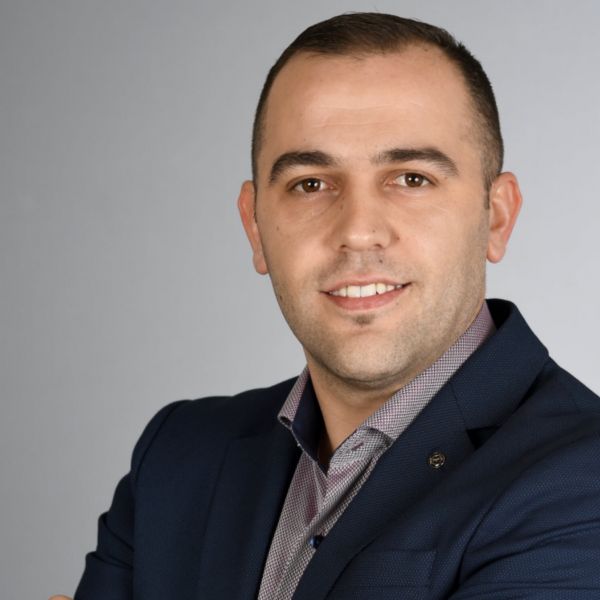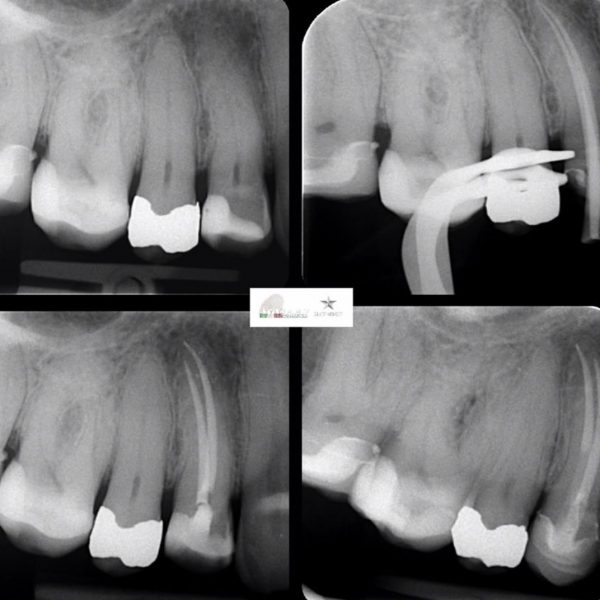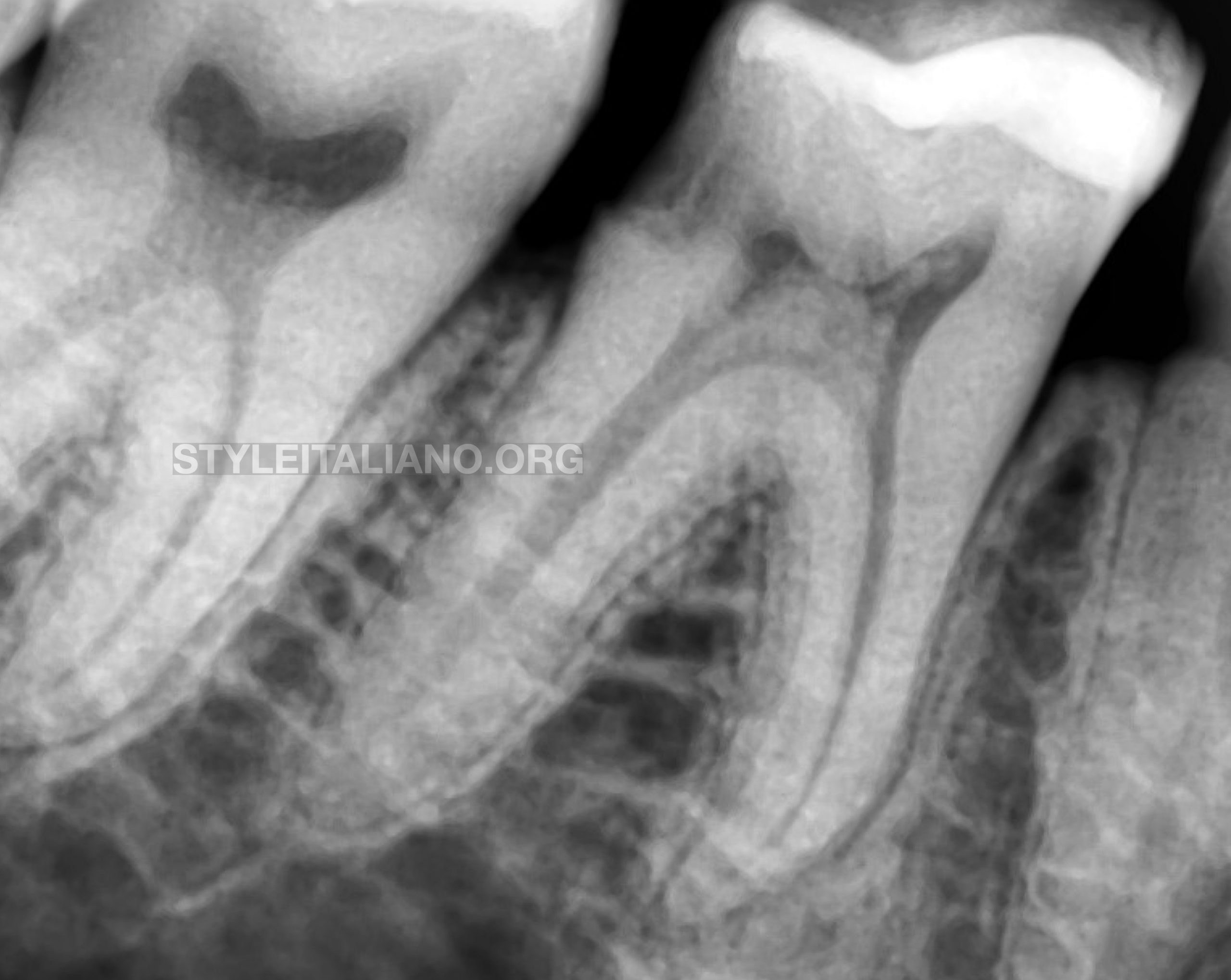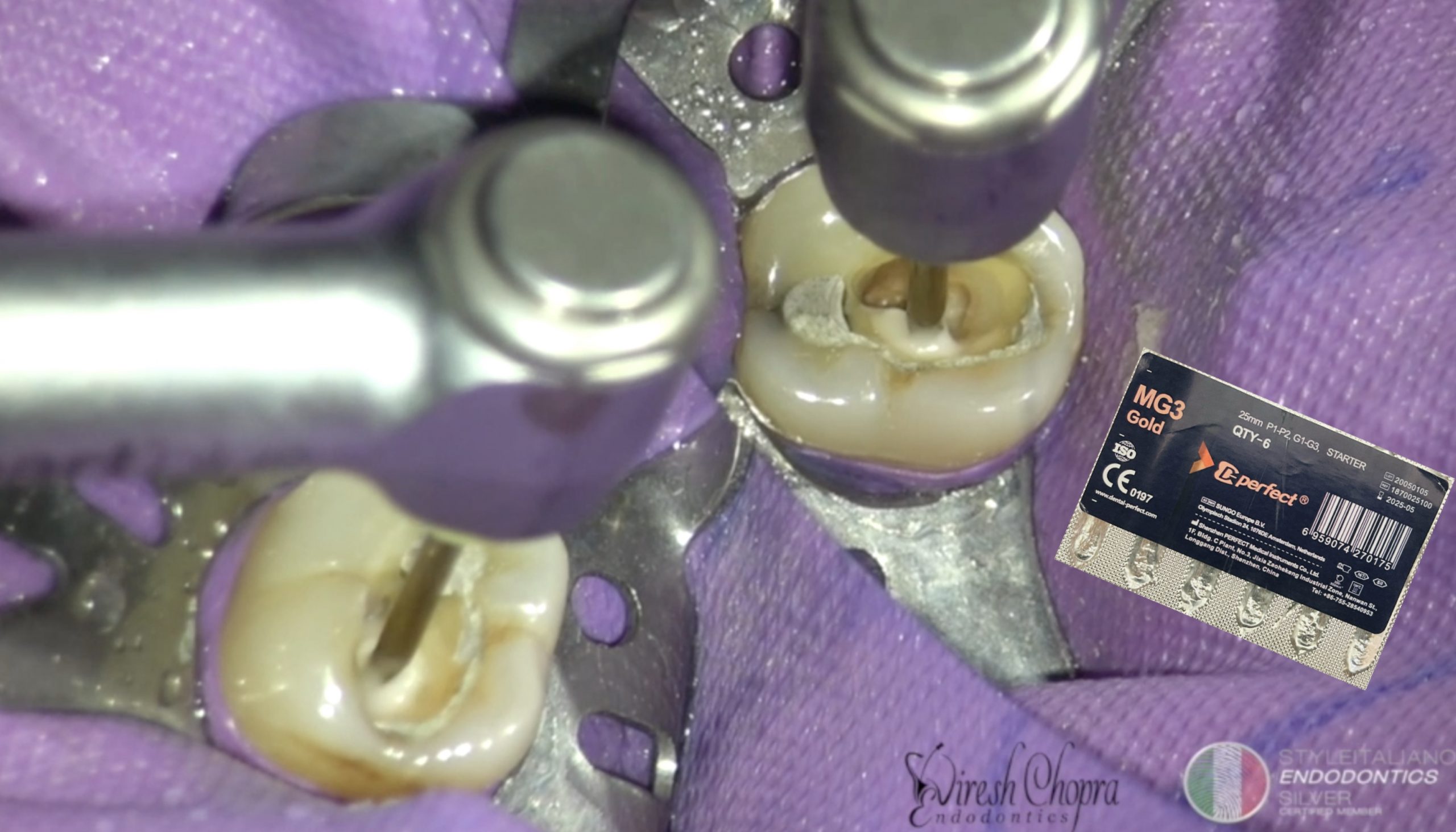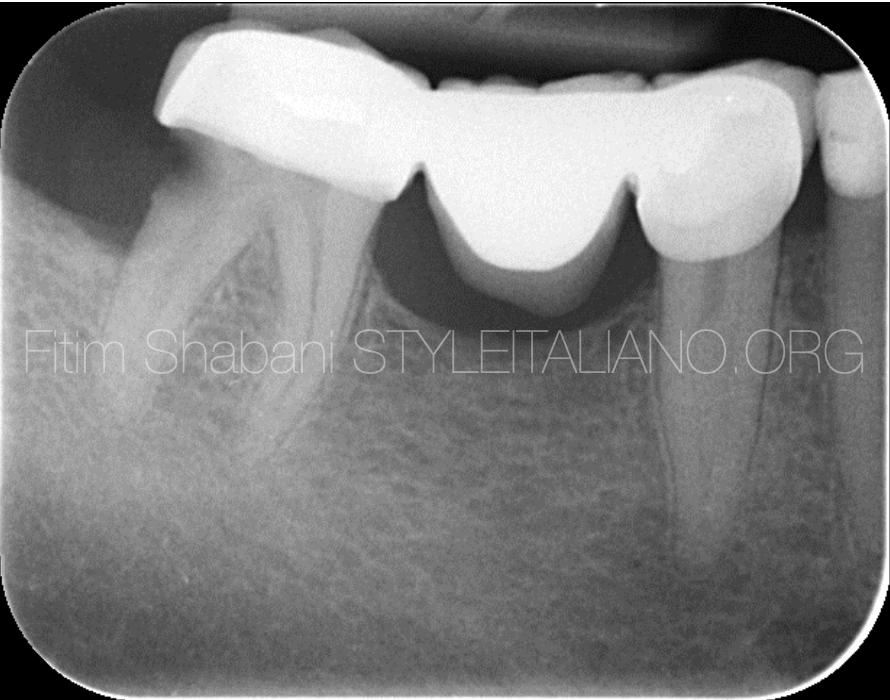
Treatment of a very important tooth. Multidisciplinary approach
02/12/2021
Fitim Shabani
Warning: Undefined variable $post in /var/www/vhosts/styleitaliano-endodontics.org/endodontics.styleitaliano.org/wp-content/plugins/oxygen/component-framework/components/classes/code-block.class.php(133) : eval()'d code on line 2
Warning: Attempt to read property "ID" on null in /var/www/vhosts/styleitaliano-endodontics.org/endodontics.styleitaliano.org/wp-content/plugins/oxygen/component-framework/components/classes/code-block.class.php(133) : eval()'d code on line 2
During our daily treatments we often face different situations where many disciplines of dentistry intertwine with each other, in some treatments we have the need for secondary treatments.
The patient comes to our clinic with complaints in the lower right jaw, and to resolve this situation we performed a multidisciplinary approach to resolve the problem.
Initially we performed a surgical approach to make distal closure, without this step the endodontic treatment would be impossible!
The lower second molar, a very important tooth because of the bridge had to be endodontically treated well and without any error under any circumstances.

Fig. 1
Patient with pain in the lower right jaw.
The second lower right molar with distal deep caries. A very important tooth because of the bridge.
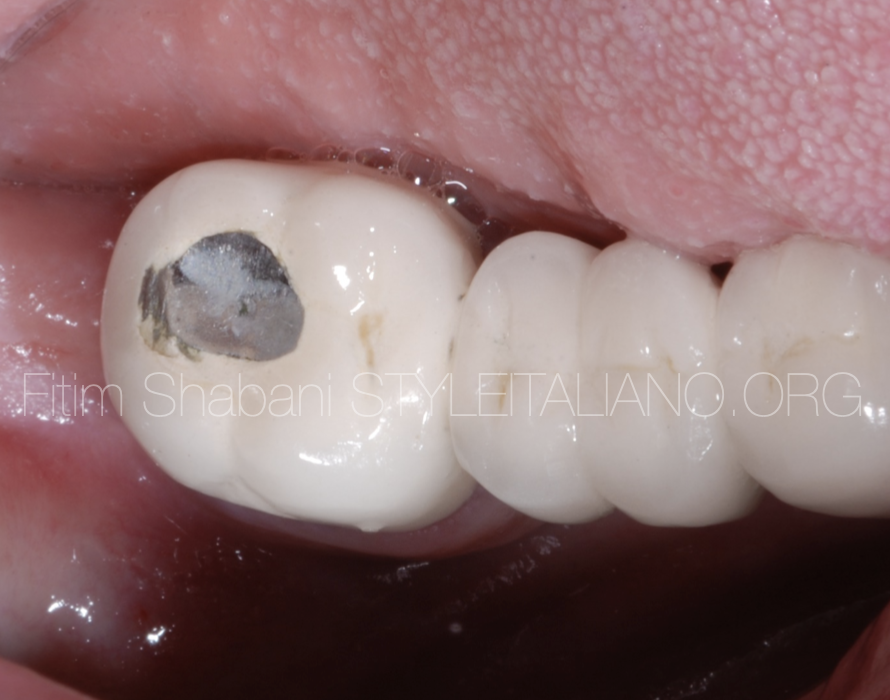
Fig. 2
Initial situation of the case
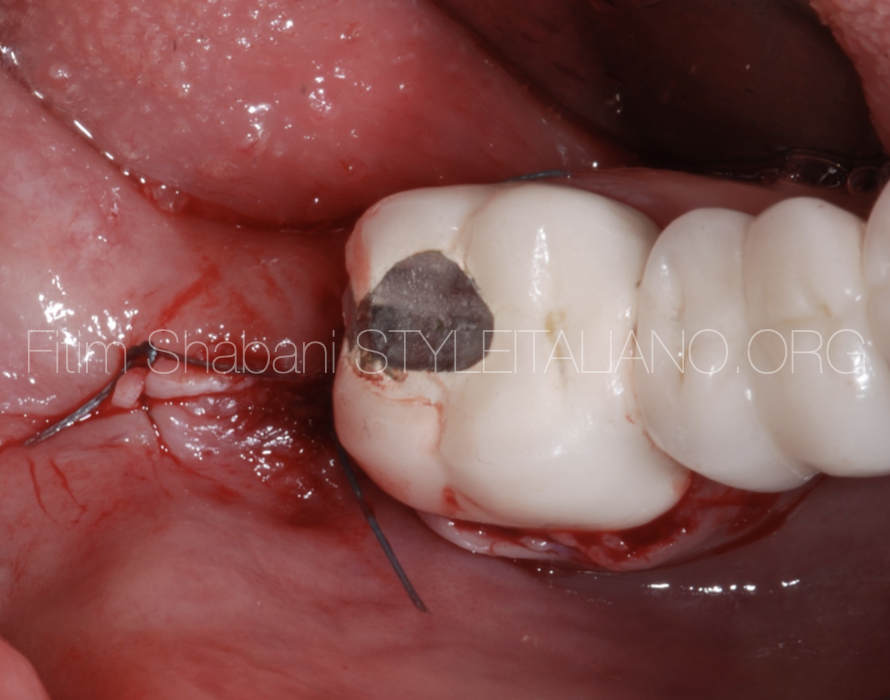
Fig. 3
Surgical approach, to isolate the distal part of the tooth
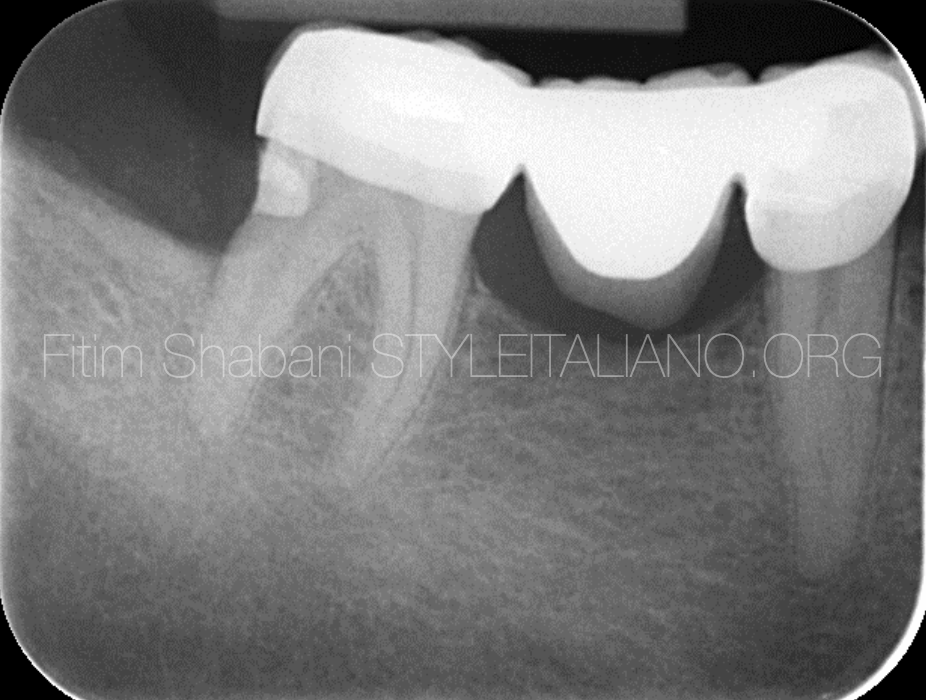
Fig. 4
X-ray after surgical approach

Fig. 5
Isolation
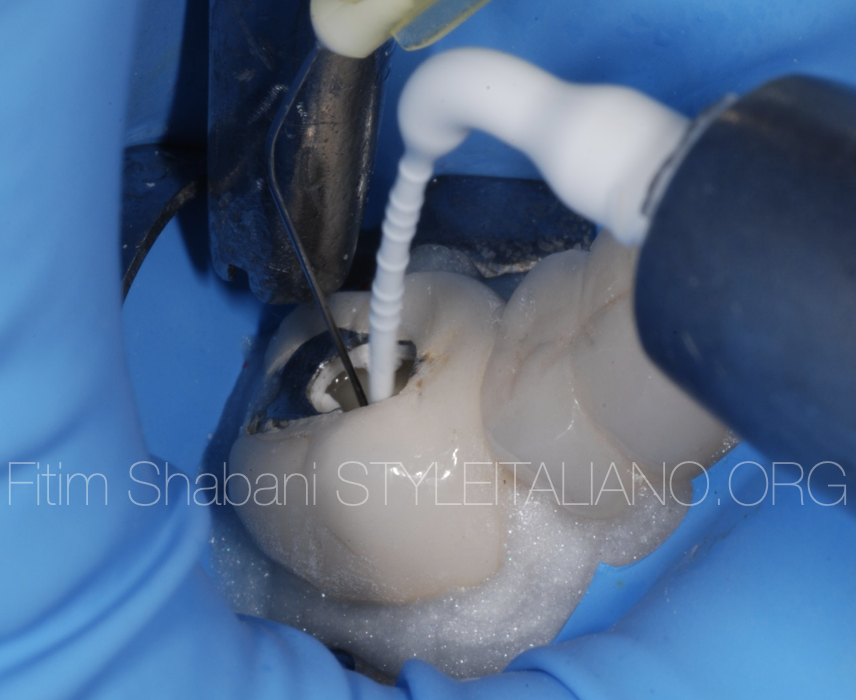
Fig. 6
Irrigation and activation
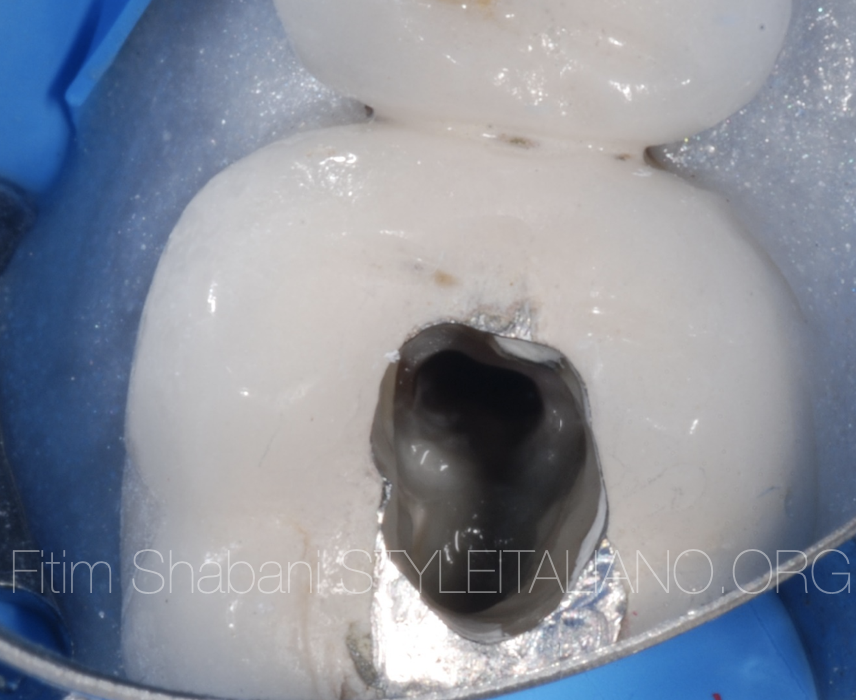
Fig. 7
View of all canals
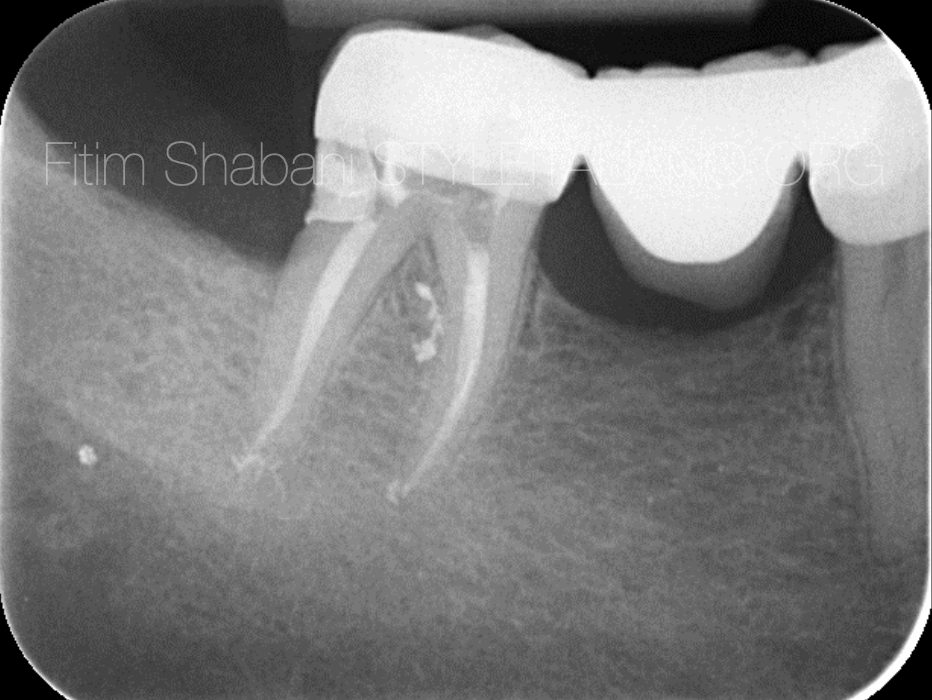
Fig. 8
Final X-ray
Conclusions
Multidisciplinary approaches gives us full control of the various situations we have to deal with in our daily work, on the other hand these types of approaches make us more efficient and safer.
These situations need to be well plannned in advance and have a reasonable chronology.
Multidisciplinary approaches require knowledge and skills of the dentist, as well as cooperation from the patient, and when these conditions are met then success and long-term prognosis will not be missing.
Bibliography
Mauro Venturi,MD,DDS,* Roberto Di enardo, DDS, Carlo Prati MD,DDS,PhD,* and Lorenzo Breschi, DDS,PhD. An In Vitro Model to Investigate Filling of Lateral Canals, JOE Volume 31, Number 12, December 2005.
Chad M. Reader, DDS, Van T. Himel, DDS, Lisa P.Germain,DDS, and Michael M.Hoen, DDS Effect of Three Obturation Techniques on the Filling of Lateral Canals and the Main Canal. Journal of Endodontics, August 1993
N.J.M. Opdam, F.H. van de Sande, E. Bronkhorst, M.S Cenci, P. Bottenberg, U. Pallesen, P. Gaengler, A. Lindberg, M.C.D.N.J.M. Huysmans and J.W van Dijken. Longevity of Posterior Composite Restorations: A Systematic Review and Meta-analysis, Journal of Dental Research 2014.
Jay W.Fridman, DDS, MPH. The Prophylactic Extraction of Third Molars: A Public Health Hazard. American Journal of Public Health 2007 Vol 97.
Gary F.Bouloux, MD, BDS, MDSc, FRACDS, FRACDS(OMS), Martin B. Steed, DDS, Vincent J. Perciaccante, DDS. Complicationss of Third Molar Surgery. Oral Maxillofacial Surg Clin N Am 19 ( 2007 ) 117 – 128.

